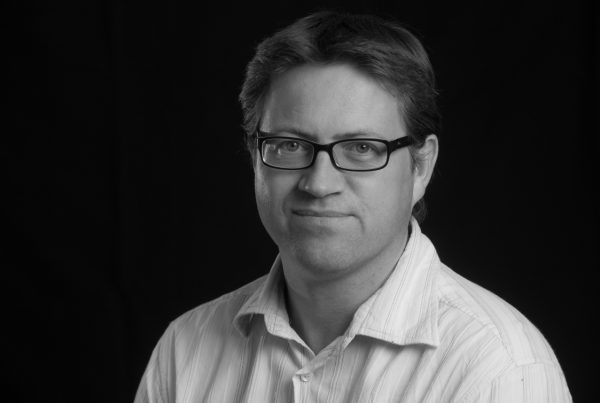Stefan Bromley heads the Nanoclusters and Nanostructured Materials (www.ub.edu/nnmgroup) group within the Institute of Theoretical and Computational Chemistry at the University of Barcelona (IQTC-UB). He obtained his PhD in Computational Physics (University of Southampton, UK) in 1997 and has held research posts in the UK (Postdoctoral fellow, Royal Institution), the Netherlands (Associate Professor, Delft University of Technology) and Spain (Ramón y Cajal fellow, UB). He has published ~200 articles and 8 book chapters, which have received ~8000 citations (h-index = 44). He has given many invited talks about his work at international conferences and academic institutions and has co-edited two books and co-authored two reviews on computational modelling of nanoparticles and nanomaterials.
Research interests
With the constant technological drive for device miniaturisation, materials are increasingly being used at scales of only a few 100s or 1000s of atoms (i.e. the nanoscale). Such nanomaterials display novel size-dependent properties compared to materials at everyday length scales. Employing classical atomistic and quantum chemical modelling methods implemented on powerful supercomputers, we aim to provide a detailed predictive understanding of the structural, electronic and chemical properties of nanomaterials. We focus on how nanomaterials evolve with size, and designing new materials from nanoscale building blocks. Our research follows three main themes: (i) inorganic nanoclusters and nanostructured materials for energy applications (e.g TiO2, ZnO, CeO2), (ii) nucleation and properties of astronomically important nanomaterials (e.g. TiC, silicates), and (iii) design and understanding of low-dimensional materials for electronics/spintronics using organic molecular building blocks .
Selected publications
- Guiu JM & Bromley ST 2022, 'Efficiency of Interstellar Nanodust Heating: Accurate Bottom-up Calculations of Nanosilicate Specific Heat Capacities', J Phys Chem A, 126, 24, 3854 - 3862.
- Lleopart G, Lopez-Suarez M, de P R Moreira I & Bromley ST 2022, 'How graphenic are graphynes? Evidence for low-lying correlated gapped states in graphynes', J Chem Phys, 157, 21, 214704.
- Di Liberto G, Morales-García Á & Bromley ST 2022, 'An Unconstrained Approach to Systematic Structural and Energetic Screening of Materials Interfaces', Nature Comm, 13, 1, 6236.
- Tamayo A, Fratelli I, Ciavatti A, Martínez‐Domingo C, Branchini P, Colantoni E, De Rosa S, Tortora L, Contillo A, Santiago R, Bromley ST, Fraboni B, Mas‐Torrent M & Basiricò L 2022, X‐ray Detectors With Ultrahigh Sensitivity Employing High Performance Transistors Based on a Fully Organic Small Molecule Semiconductor/Polymer Blend Active Layer, Advanced Electronic Materials, 8, 10, 2200293.
- Campos-Lendinez A, Crivillers N, Bromley ST, Rovira C, Breton GW & Mas-Torrent M 2022, ´Efficient Routes for the Preparation of Urazole Radical Self-Assembled Monolayers on Gold Surfaces´, J Phys Chem C, 126, 31, 13358–13365.
Selected research activities
Invited talk: 'From Gomberg to graphene and beyond: new multifunctional 2D materials based on persistent radicals', Royal Society Hooke Discussion Meeting, Supercomputer modelling of advanced materials, The Royal Society, London, UK.
Joined Editorial Board of 'Frontiers in Astronomy and Space Sciences' and 'Frontiers in Chemistry' journals as an Associate Editor for Astrochemistry.
Invited talk: 'Nanosilicate Dust in the Interstellar Medium: Theory, Experiment and Obervation', Collision Physics and Chemistry and their Applications Conference, COPCA 2022 Valletta, Malta.
Contributed talk: 'An Unconstrained Approach to Systematic Structural and Energetic Screening of Materials Interfaces' 6th Energy Materials workshop - Modelling Energy Interfaces, The Thomas Young Centre, London, UK.
